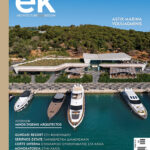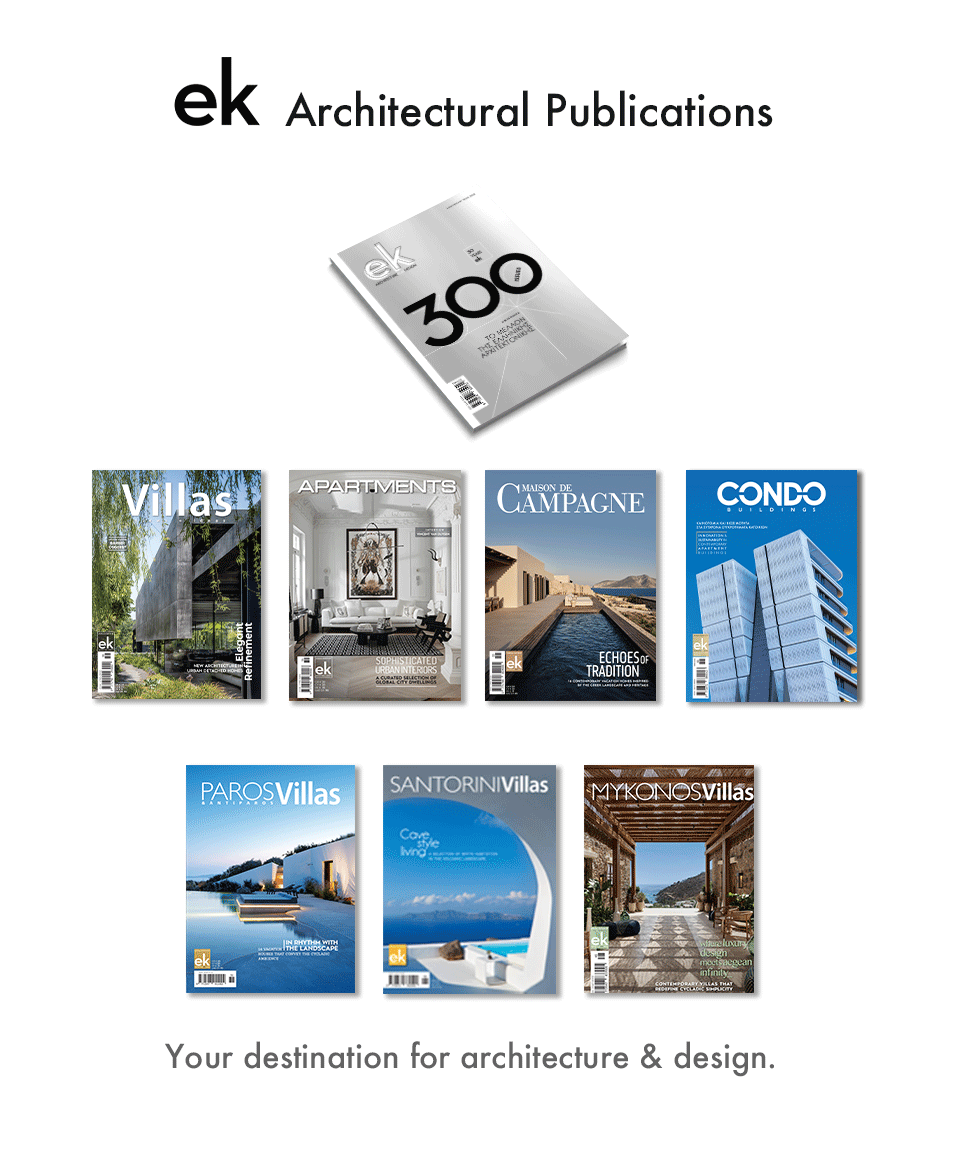Architectural Journeys
As part of their academic requirements, architecture students in Greece must not only complete a thesis but also deliver a lecture on a research topic of their choice. During the summer lecture series at the School of Architecture at the National Technical University of Athens (NTUA), one of the most captivating presentations was by students Elias Megkos and Spyros Sounas, titled “Journey and Learning in Architecture.” The lecture explored the significance of travel as a means of gaining knowledge and experiencing architectural works. Travel was presented as an essential learning process, and the subsequent discussion highlighted several intriguing insights and conclusions.
In my view, journeys of discovery can be categorized into two distinct types: those that seek the exploration of unknown places and those driven by the desire to visit locations that have become familiar through stories, depictions, or representations.
In the past century, many prominent Northern European architects, among others, embarked on journeys to experience the monuments and urban or vernacular architecture of the South and the East. Numerous articles have been written about how these trips influenced the architectural work of figures like Le Corbusier or Alvar Aalto. Through their sketches and notes, one can grasp the unique sensory experiences these architects encountered. No depiction of a place can compare to the bodily sensory perception of space. However, the interpretation of a place depends on the individual, and the way an architect “internalizes” this experience is not always immediate or clearly visible in their work.
The students rightly argued that traveling to visit significant monuments or architectural ensembles enriches architectural education. But to what extent does this hold true today? Monuments of global cultural heritage are often overwhelmed by tourists, significantly diminishing the possibility of a meaningful encounter. Such encounters contribute to knowledge by challenging pre-existing perceptions, which have been shaped by the endless images available on the internet, tourist guides, or architectural history books.
How possible is it today for an architect to feel genuinely moved by the sight of the Taj Mahal or the Parthenon when the conditions and duration of the visit are so restrictive? Beyond other negative effects, mass overtourism seriously hampers the process of learning and understanding. Could it be that discovering architecture in remote, less popular places offers a more authentic experience today than taking a selfie at the Colosseum?
Ariadni Vozani




































